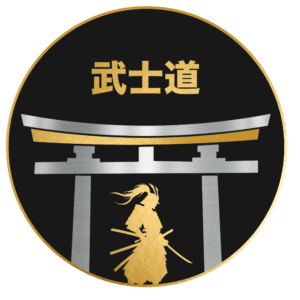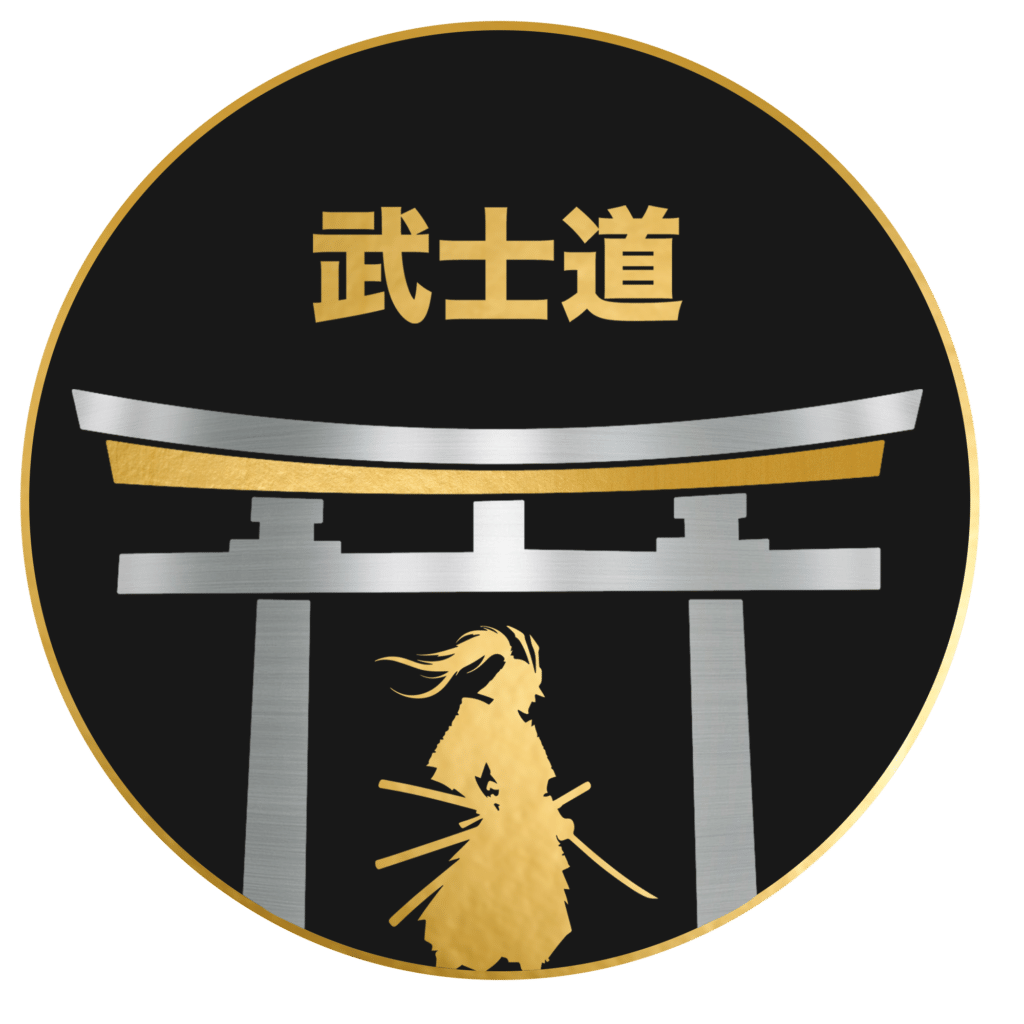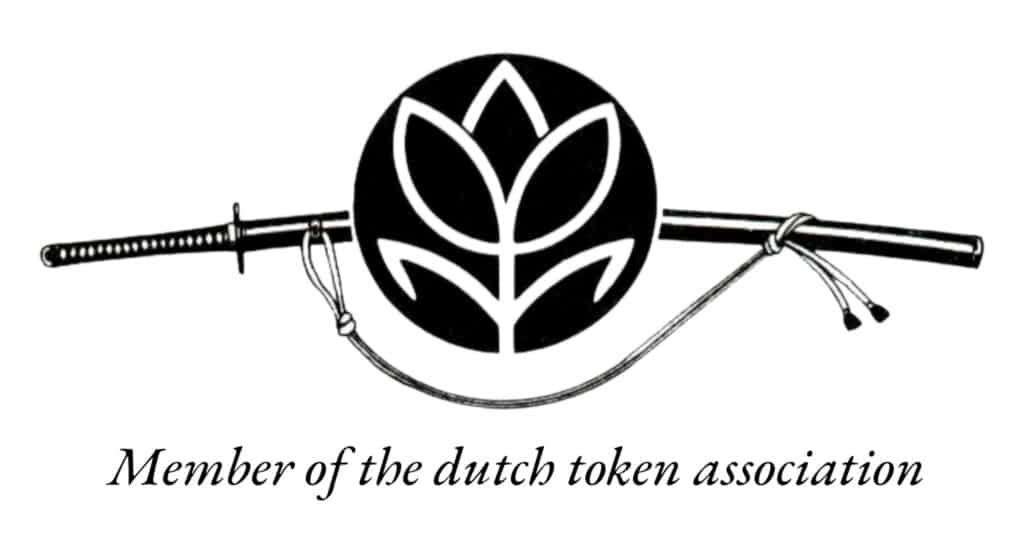Japanese Swords Crafting terms
Terms in the Crafting of Japanese Swords
We have compiled a list of various terms related to the crafting of the Japanese sword. On this page, we will explain the meanings.
Denkai Tetsu
Iron made from scrap in an electrolytic furnace, resulting in 99.99% pure iron. The smith adds the necessary amount of carbon during forging using the oroshigane process.
Hagane
Harder steel (higher carbon content) used for the cutting edge of the blade when constructed according to the hon sanmai gitae method.
Hizu-kuri
Shaping the blade from the sunobe, heating and hammering in small sections.
Hon Sanmai Gitae
A less commonly used method for sword construction, involving three pieces of harder steel (kawagane) for each side of the blade, a piece of soft shingane as the core, and a special piece of harder steel (hagane) for the cutting edge.
Kera
Raw steel produced in the tatara, containing about half tamahagane steel ready for sword making. The remaining steel can be used after adjusting the carbon content through the oroshigane process in the forge.
Kaji-Oshi
Final shaping of the blade with a drawing knife, involving filing and rough polishing by the smith.
Kawagane
Harder steel (higher carbon content) used as the starting material to form the body of the sword, with a carbon content between 1.0 and 1.5%.
Kitae
Forging or folding steel to make it suitable for sword making.
Kobuse Gitae
The most common way to make a sword, with an outer layer of kawagane and a core of shingane.
Nakago-Shitate
Completing the tang with a file.
Oroshigane
The process used to adjust the carbon content of steel, raising it by heating the steel from the top and burning charcoal until it reaches the bottom. Lowering the carbon content is done by blowing air over it, causing the carbon to bind with the oxygen in the air, forming carbon monoxide, which dissipates.
Watetsu
Iron ore.
Sen
The drawing knife used to give the blade its proper shape. The drawing knife is made of very hard steel. By repeatedly scraping away small layers of metal, the blade is formed using the drawing knife.
Shiage
Shaping the blade with a sen and a file.
Shingane
Soft steel (carbon content lower than 0.5%) used for the core of the sword.
Shitagitae
Beginning of the forging process, the first 6 folds.
Sunobe
Blank steel, ready for processing into a sword
Tamahagane
Raw steel used for making a sword.
Tatara
The smelting furnace. Burning charcoal with iron ore to form tamahagane.
Tsuchi-Oki
Covering the blade with a thin layer of mud, consisting of clay, charcoal powder, and crushed omura stone, prior to hardening. The thickness of the clay determines the cooling speed when the hot blade is dipped in water during yaki ire. The sections of the blade that cool quickly form the hard steel structure. The sections that cool slowly do so with the intention of returning to the softer form, creating the hamon on the final sword.
Yaki-Ire
The hardening of steel by heating it and cooling it in water. The cutting edge of the blade has a thin layer of clay, while the rest has a thicker layer. Heating the steel to ± 700-900 °C will transform the crystalline steel into a structure called austenite. By quickly cooling it in the places with a thin layer of clay, the steel transforms into martensite. The rest of the steel cools slowly enough to return to the original pearlite structure. Most of the curvature is obtained from the difference in expansion between the thin cutting edge and the thicker back of the blade.
Yaki-Modoshi
Annealing the steel after yaki ire to remove internal stresses. The blade is heated to around 150 °C and then immersed in water.



